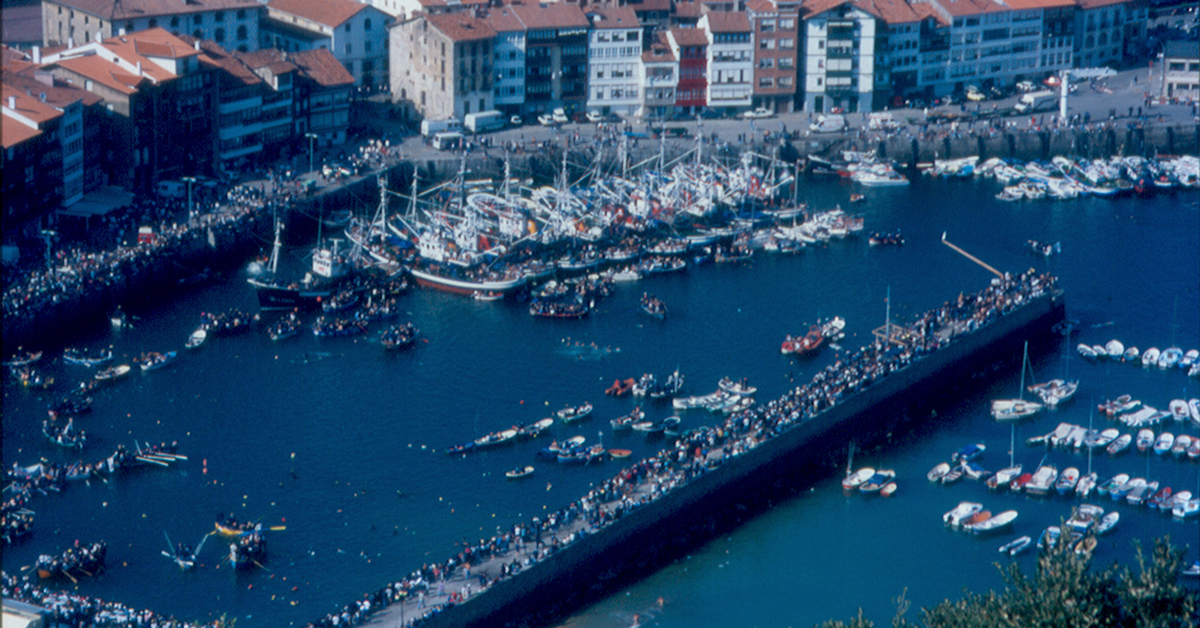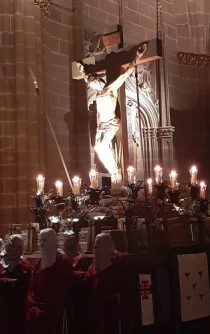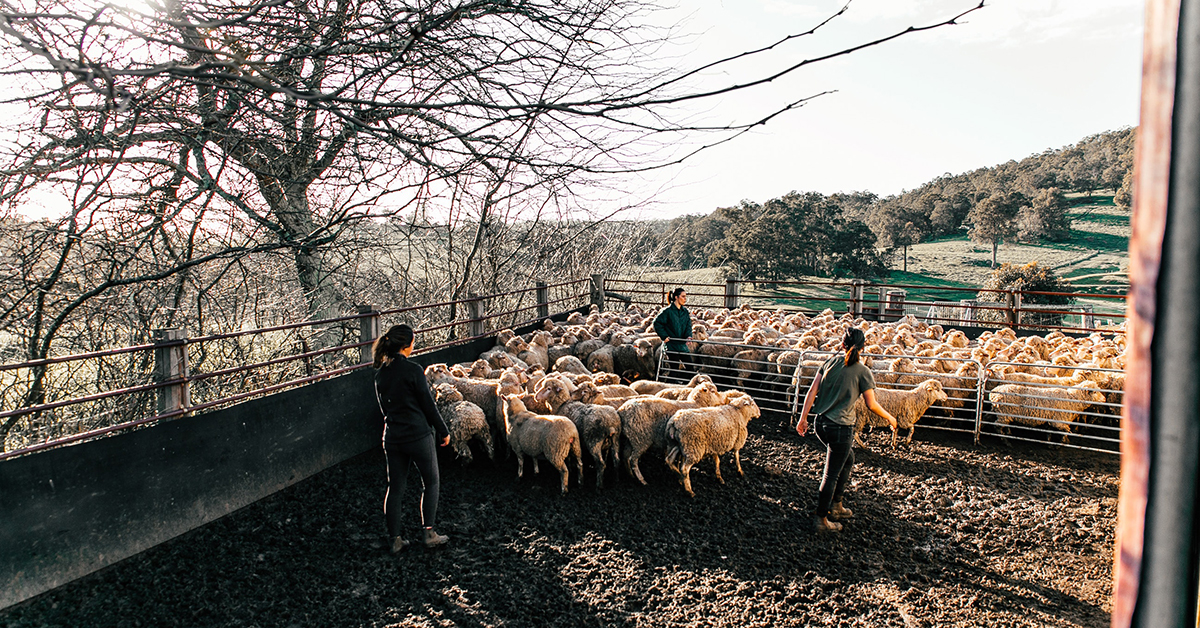Basque ethnography at a glance
As a general rule, uncertainty of catches or whether the weather conditions would allow the boats to set to sea was constant in the many seafaring ports scattered along the coast of the Bay of Biscay; they were noted for their higgledy-piggledy humble dwellings in different colours (made out of materials used to build and maintain the vessels, accessed up steep staircases, with uneven floors and roofs or fitted pallets); battered ports and vessels, bearing the brunt of the usual accidents or losses of fishermen; along with poor catches or the meagre earnings that condemned their inhabitants to a life of misery. Things are very different now and they are now attractive and pleasant places that are popular tourist and foodie destinations.
(more…)
The subject that concerns us here goes from the universal to the particular, from the simple to the complex. As the seventeeth-century English writer Joseph Addison said, «colours speak all languages, but words are understood only by such a people or nation». And the Basque people are not an exception to this maxim, because the pattern of the colors that the Basque language draws us does not match that of the languages which surround us.
(more…)
Roman guards. Fernando Hualde.Holy Week celebrations are seemingly very similar; the religious structure around which they are organised and the underlying reason for holding them are the same, and Pamplona organises the same type of penitential acts as in other locations. In the case of the capital of Navarra, they include the typical Services of each holy day and the Santo Entierro (Holy Burial) procession on Good Friday evening, along with the “Seven Last Words” ceremony held in the Cathedral in the morning on that Friday. However, Pamplona has successfully added its own touches down through the centuries and which make Pamplona’s Holy Week idiosyncratic and unique. Let us look at some of its most important aspects that are not found elsewhere.
The first, of which few people are aware, is that the city of Spain holds the first procession in the lead up to Holy Week in Spain, and that happens exactly forty days earlier, i.e., on Ash Wednesday. On that day, and with the city still nursing its carnival hangover, Roman guards lead out masked penitents ―known as mozorros in Pamplona― in total silence. It is only broken by the creak of the wooden bier as it sways to the pace of the members La Pasión brotherhood carrying the paso or float of Cristo alzado (Christ on the Cross) ―the work of Fructuoso Orduna from the Roncal Valley― from the Dormitalería to Pamplona Cathedral where it is met by the cathedral’s chapter. That sombre figure spends Lent there and adds solemnity to the penitential Stations of the Cross each Friday in the run up to Holy Week.
Now:
I live on a farm that is registered on the REA (agricultural holdings register). Every morning, as soon as I get up, I start up my own waste-to-energy plant that is run on sustainable production biomass. This helps to cut greenhouse gas emissions and, therefore, helps to offset climate change.






